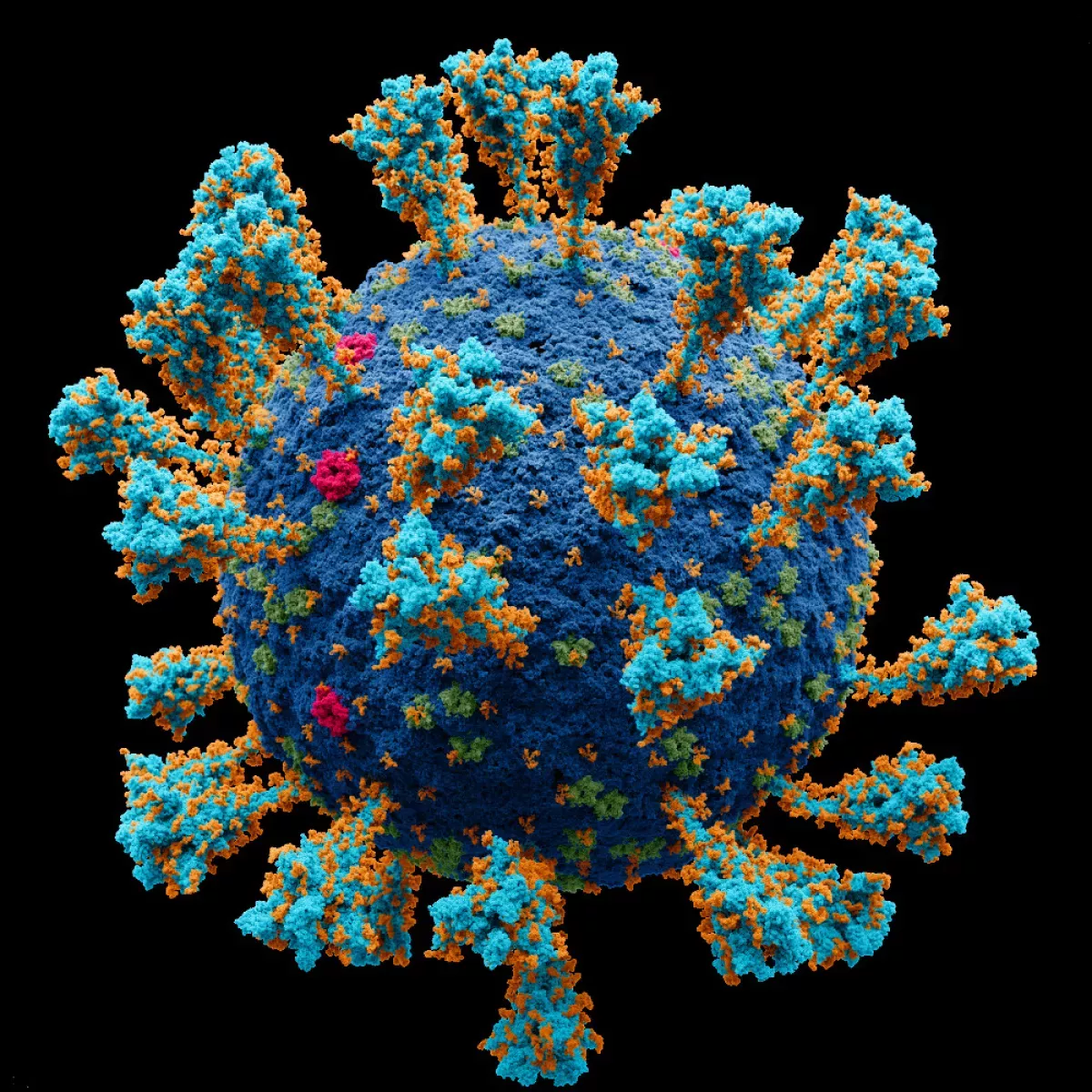Coronaviruses are a family of RNA viruses affecting mammals and birds. In humans, they primarily cause respiratory infections, ranging from mild colds to severe diseases like SARS, MERS, and COVID-19. Other animals experience different symptoms; cows and pigs get diarrhea, while mice can develop hepatitis and encephalomyelitis. The severity and specific symptoms vary significantly depending on the virus strain and the host species.
Mentioned in this timeline
Saudi Arabia officially the Kingdom of Saudi Arabia KSA is...
China officially the People's Republic of China PRC is an...
Korea is a peninsular region in East Asia comprised of...
France officially the French Republic is primarily located in Western...

The World Health Organization WHO is a specialized agency of...

Chicago is the most populous city in Illinois and the...
Trending
Kelvin Sheppard is an American football coach and former NFL linebacker He is currently the defensive coordinator for the Detroit...

Cris Carter is a former American football wide receiver renowned as one of the greatest in NFL history His career...

23 days ago Jonathan Kuminga Trade Rumors: Warriors, Pacers Considering Deals for Forward.

9 months ago Warriors defeat Bucks as Curry rests; Butler III shines in shocking victory.
2 months ago Wole Soyinka's US Visa Revoked: Nobel Laureate Speaks Out Against Travel Ban.

20 days ago Naji Marshall Scores 18 Points and 8 Rebounds in Mavericks Win Against Clippers.
Popular

Ben Shapiro is a prominent American conservative political commentator media...

XXXTentacion born Jahseh Dwayne Ricardo Onfroy was a controversial yet...

Candace Owens is an American conservative political commentator and author...

William Franklin Graham III commonly known as Franklin Graham is...
The Kennedy Center Honors are annual awards recognizing individuals and...

Tucker Carlson is an American conservative political commentator known for...
